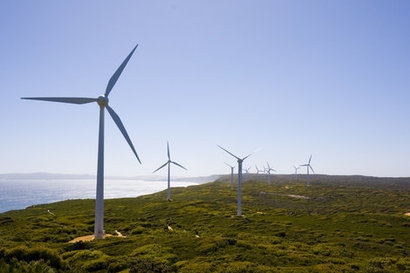
New investment in the Australian electricity system can keep costs down and improve reliability but the need for national energy policy is increasingly urgent. Prolonged under-investment in the electricity system over the last decade has resulted in reduced supply, higher wholesale power prices and increasing risks to energy security.
“A decade-long political debate has created a policy vacuum and spooked investors” said Clean Energy Council Chief Executive Kane Thornton. “We need to accept that the energy system is in transition and long-term policy is now essential to ensure private investment in the most efficient new energy technology and solutions. It is time to accept all 50 of the Chief Scientist’s recommendations to improve energy security. The recommendations from the Finkel Review provide a coordinated approach to delivering an affordable, reliable and cleaner energy system. This will involve a suite of new technologies and solutions, including more wind, solar, bioenergy and battery storage. Australia’s existing hydro has an important role, complemented by new pumped hydro as well as potential to use existing generation more flexibly”.
Mr Thornton added that all but one of the Finkel Review’s recommendations are in the process of being implemented, with market reform finally accelerating the modernisation of the entire system and enhancing its ability to better manage a suite of renewable energy and storage solutions. The Australian Energy Market Operator (AEMO) is taking a range of important and practical steps to ensure Australian energy security as the power system transitions to clean energy. The Australian Energy Market Commission (AEMC) is in the process of working to build a resilient market that no longer leans on ageing coal for synchronous services, something which is essential to ensure Australia continues to work towards a clean energy future.
An AEMO report released yesterday revealed that the new projects added to the system under the Renewable Energy Target (RET) will help to improve reliability over the next few years. More than $8 billion of new clean energy projects are underway in 2017, creating thousands of jobs and building critical infrastructure to keep the lights on and reduce power prices over the next few years.
Mr Kane pointed out that renewable energy saved New South Wales from a blackout earlier this year when some thermal gas and coal generators went offline. New investment driven by the 2020 Renewable Energy Target has been vital, but without the long-term policy confidence driven by a mechanism such as a Clean Energy Target, Australia is unlikely to see sufficient new generation from private investors to meet the country’s future energy needs.
For additional information:

